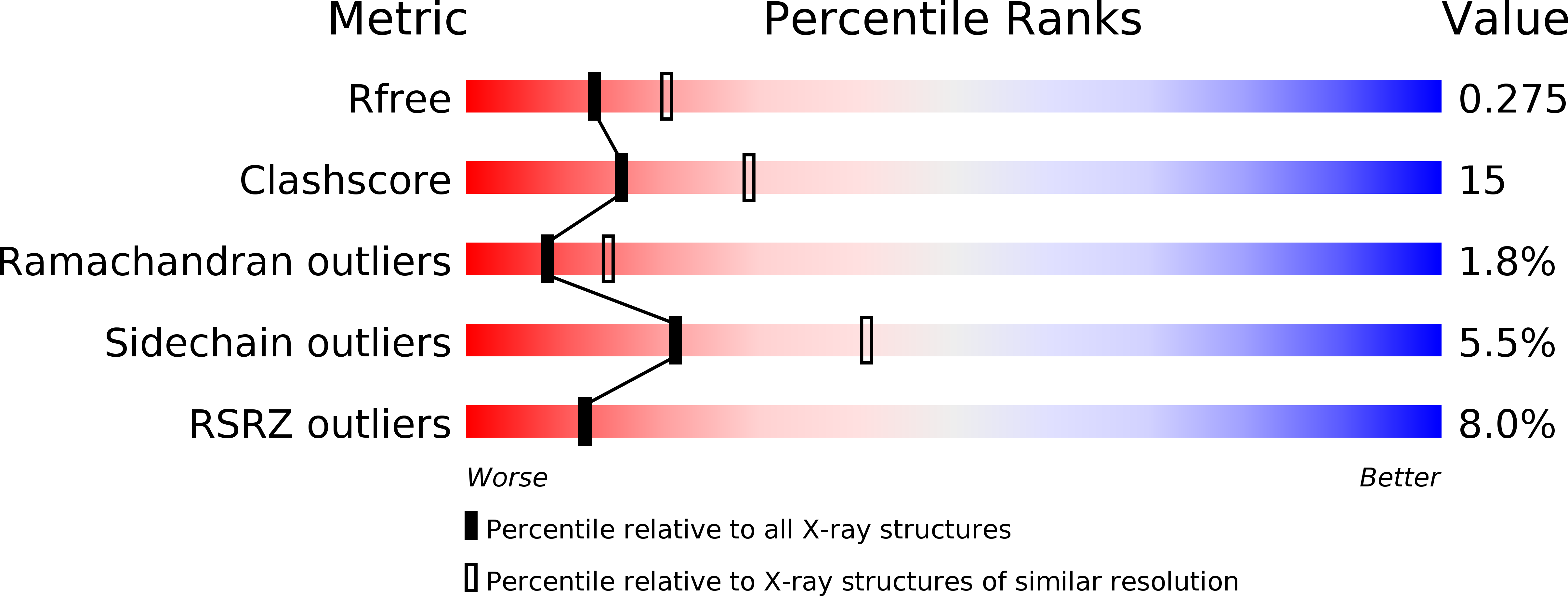
Deposition Date
2014-03-25
Release Date
2014-04-16
Last Version Date
2023-12-27
Entry Detail
PDB ID:
4P6X
Keywords:
Title:
Crystal Structure of cortisol-bound glucocorticoid receptor ligand binding domain
Biological Source:
Source Organism:
Homo sapiens (Taxon ID: 9606)
Host Organism:
Method Details:
Experimental Method:
Resolution:
2.50 Å
R-Value Free:
0.27
R-Value Work:
0.24
R-Value Observed:
0.24
Space Group:
P 61


